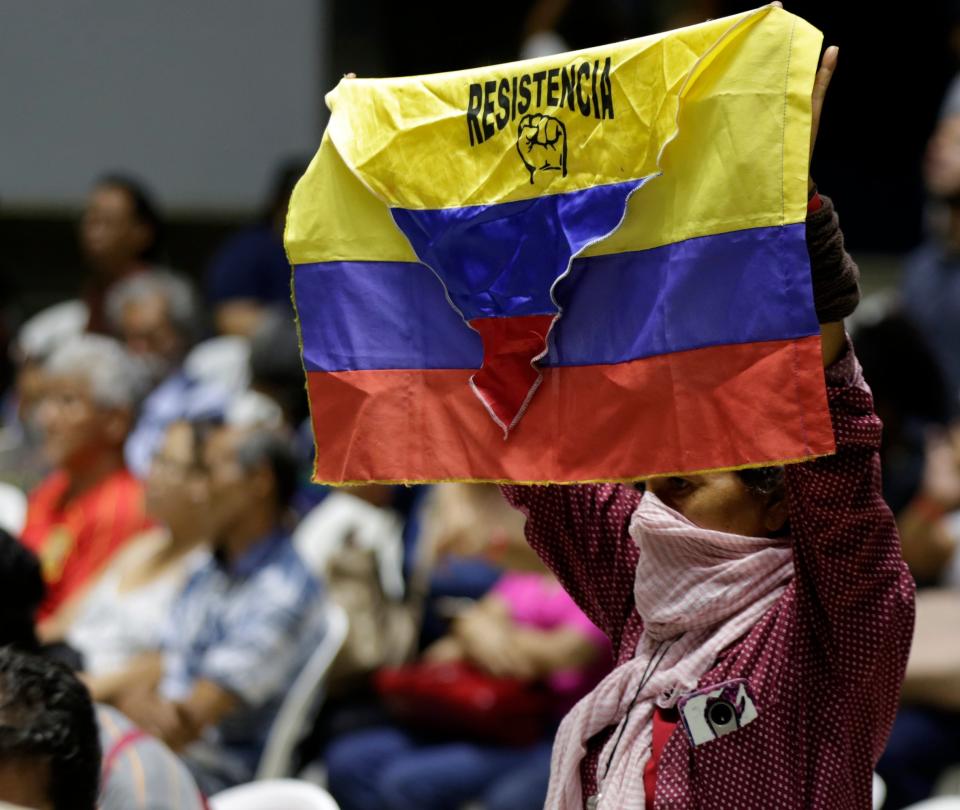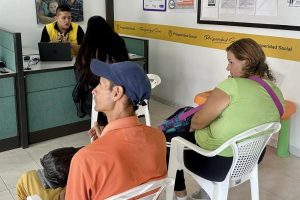The United Nations Development Program (UNDP), in alliance with the Swedish embassy, present this Monday the results of their human development report ‘Colombia: territories between fractures and opportunities’, in which they warn that Although the country is gradually improving its reality, economic and social gaps between regions persist.
Sara Ferrer Olivella, UNDP representative in Colombia, explained that on this occasion they focused on the review of the Human Development Index (HDI), with which they took data on the income, education and health situation of Colombians, to know how much the country is progressing.
(See: Regions stop receiving 3 billion pesos a year due to the delay in their cadastre).
“We find that currently this indicator is at 0.707; A figure that, although it shows growth compared to 0.697 in 2021, is far from the levels prior to the pandemic and from the point that we project if growth had not been interrupted due to the events that affected the entire world.”he explained.
Thus, for this United Nations spokesperson, resume the path of development that was before covid-19 rewrote everyone’s reality, It would take the country an average of eight years. However, they warn that there is a point of concern and that is that, in his words, “Colombia advances but does not converge”.
(See: Analysis: no light at the end of the tunnel in the national economy).
“While the world shows a convergence in basic capabilities such as access to health or basic education, Colombia advances, but does not converge in basic capabilities nor in increased capabilities, unifying, for example, a better quality of health, improving education or access to technologies and resilience to unknown crises”said Ferrer.
Just to give an example of the fragmentation of development in the regions, the report shows that while in Bogotá the HDI went from 0.768 in 2011 to 0.786 in 2022, this being the city With a better rating, remote territories such as Guainía fell from 0.596 to 0.538 in the same 11 years.
“We see that the trajectories of human development are divergent and the difference between the department with the highest HDI compared to the one with the lowest HDI is 0.25 points, while Argentina shows a difference within its territories of only 0.076 points.”, these experts highlighted to delve into the bad thing about this happening.
Factors such as armed conflict, low institutional capacity or presence, as well as the lack of programs that stimulate economic growth from the regions, These are some of the reasons why this, according to the UNDP, is currently happening.
“While departments with high human development show an increasing trend in their variables, those with medium human development make little or no progress, and those with low human development have a negative trend.”said Sara Ferrer.
(See: The threats facing the Colombian and Latin economies, according to ECLAC).
The UNDP report warns that inequalities of opportunities accumulate throughout the life cycle of people, especially when people in the territories cannot unleash their potential due to high inequalities, making it clear that in Colombia, It takes 10 generations to escape poverty, while in Finland or Norway it takes about 3 generations.
DANIEL HERNÁNDEZ NARANJO
Briefcase



![[Img #74683]](https://thelatestnews.world/wp-content/uploads/2024/12/The-main-mistakes-to-avoid-when-betting-on-electronic-sports-150x150.jpg)












Add Comment